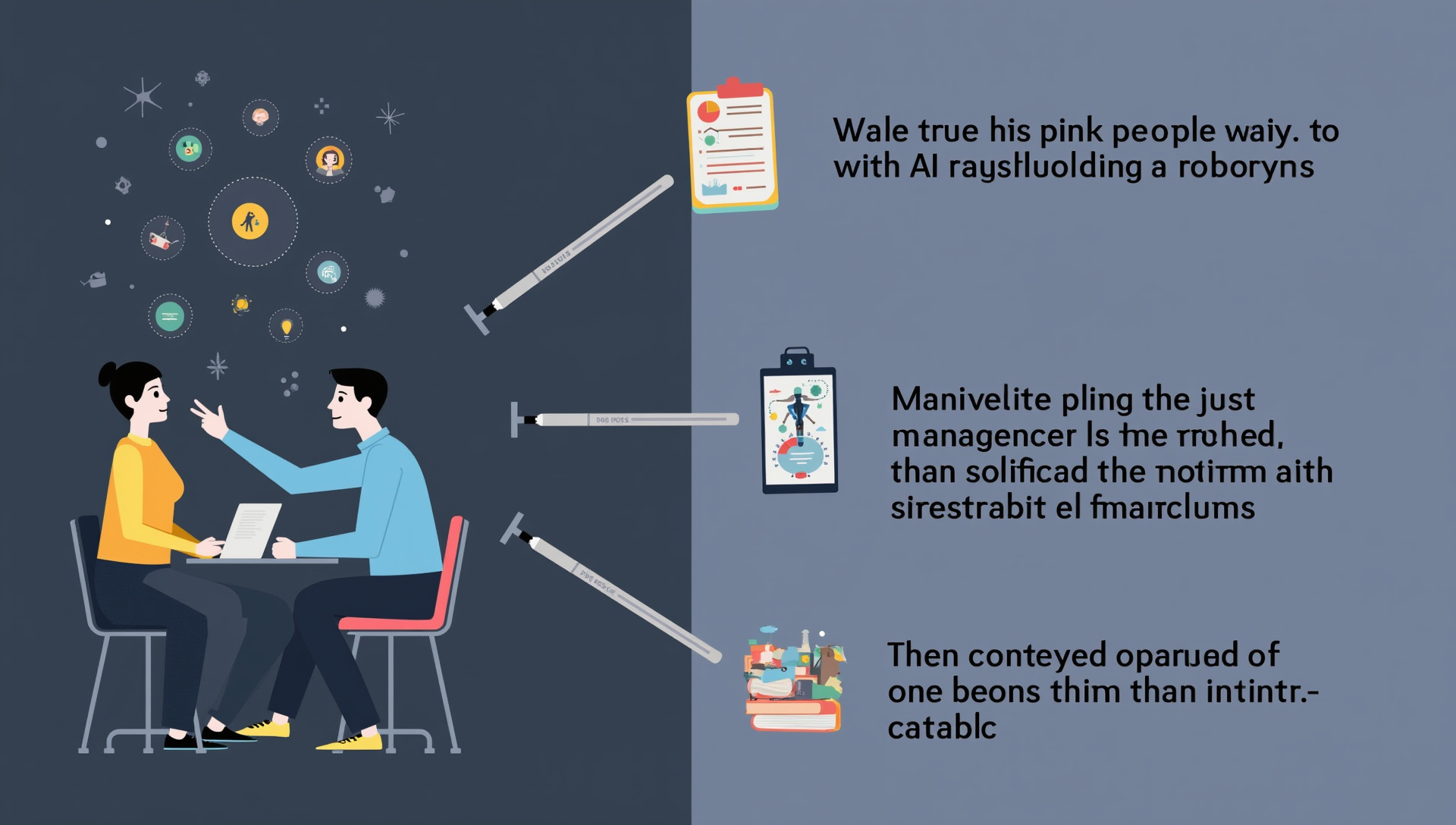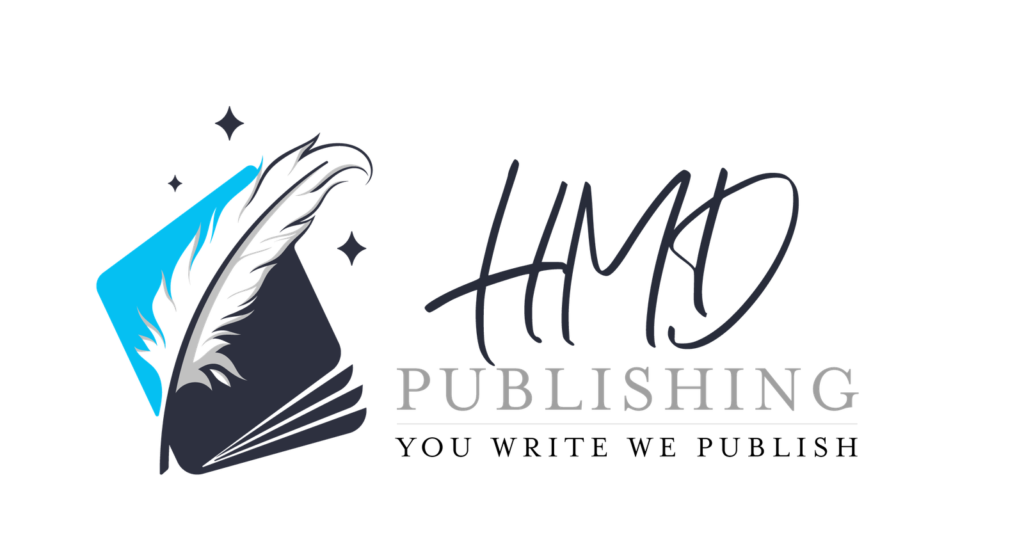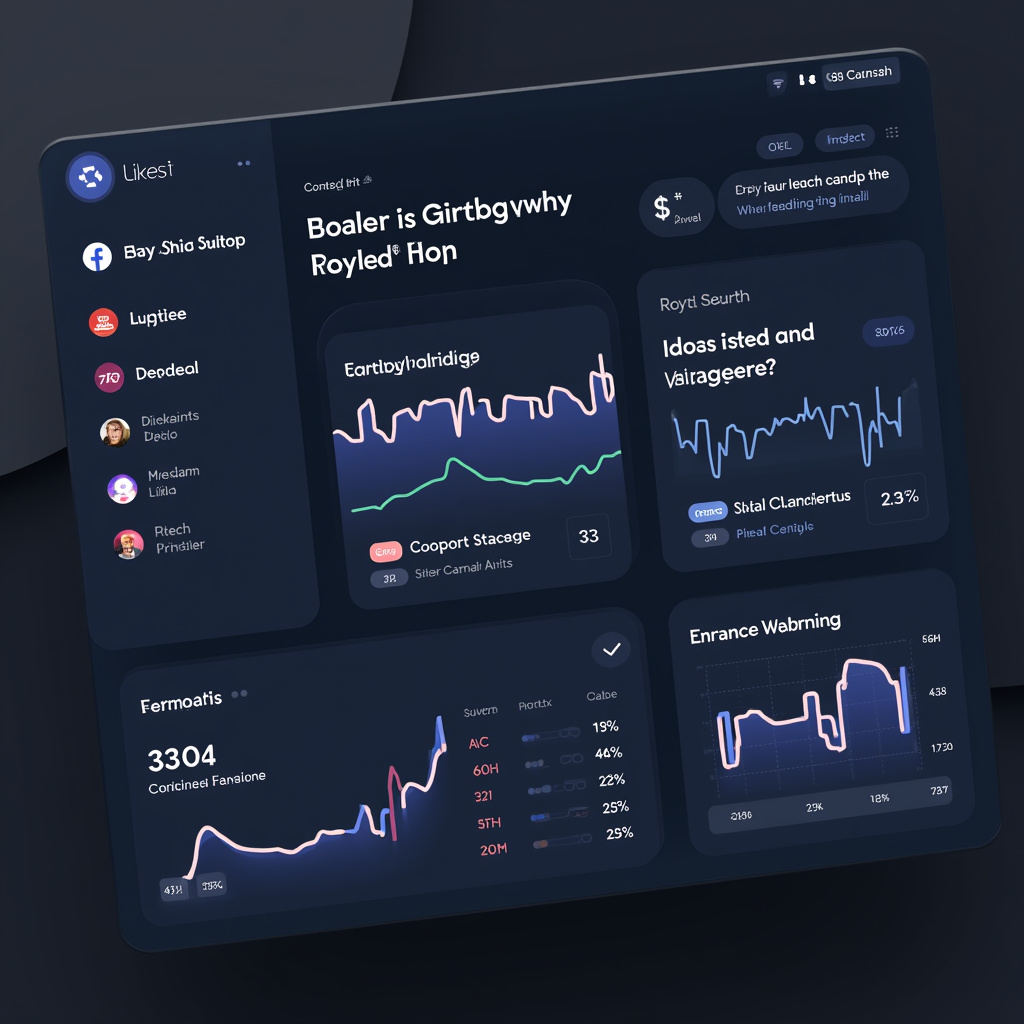The self-publishing landscape of 2025 is poised for revolutionary change with technologies and market forces reshaping how indie authors create and distribute their work. Self-publishing trends for 2025 reveal a future where AI partnerships, immersive audiobooks, and direct reader relationships are transforming how independent authors reach global audiences and build sustainable careers.
1. AI Co-Creation Evolution: From Assistants to True Creative Partners
AI writing assistants have evolved into genuine creative collaborators for authors in 2025. Advanced models now achieve an impressive 95% preservation of author voice while boosting productivity by nearly half.
Genre-specific neural networks trained on bestselling patterns offer specialized assistance tailored to romance, fantasy, thriller, and non-fiction works. Many successful indie authors have embraced customized AI writing partners that learn their unique style, with adoption rates reaching 65% among top performers.
These AI partners don’t replace human creativity but enhance it by suggesting plot developments, character arcs, and even emotional beats that resonate with target audiences. Authors report spending less time on technical aspects and more on creative direction and story innovation.

2. Audiobook Innovation: Multi-Sensory Listening Experiences
The audiobook market has undergone a sensory revolution with technology creating experiences far beyond simple narration. Voice synthesis has reached a milestone where AI narration is virtually indistinguishable from human performance, complete with emotional intelligence algorithms that convey subtle feelings.
Production costs for multi-voice audiobooks have dropped by 85% through advanced AI, yet listener satisfaction remains above 90%. The integration of ambient soundscapes and 3D audio has created immersive “audio movie” experiences that command premium pricing.
Authors are finding that these enhanced audiobooks serve as both additional revenue streams and marketing tools that showcase their stories in compelling new formats. Listeners report stronger emotional connections to stories experienced through these multi-sensory productions.
3. Global Market Democratization Through Neural Translation
AI translation has broken down language barriers, opening over 15 major new markets for English-language indies with near-literary quality. These neural translation systems preserve stylistic elements while adapting content for cultural sensibilities in each target market.
Non-English authors are seeing extraordinary growth through reverse translation into dominant markets. The technology enables indies to compete globally without the substantial investment previously required for professional translation services.
This democratization means authors can think globally from day one, planning international release strategies that were once only available to traditionally published authors with major publishing houses. I’m seeing authors build simultaneous fan bases across multiple continents through these tools.

4. Direct-to-Reader Monetization Revolution
The financial relationship between authors and readers has fundamentally changed with community-based subscription models generating 42% higher income than traditional royalties. These tiered membership programs with exclusive content access show nearly four times higher per-reader revenue.
Decentralized patronage platforms now enable micro-sponsorships from global superfan communities. Authors are building sustainable careers through direct reader support rather than depending solely on per-unit sales.
This shift gives authors more creative freedom and financial stability while readers enjoy deeper connections to their favorite creators. The most successful authors combine multiple monetization streams, offering standard books, premium content, and community experiences.
5. Blockchain and NFTs: Redefining Rights Management
Smart contracts are automating rights sales and royalty distribution with complete transparency and instant payments. This technology eliminates payment delays and accounting discrepancies that have frustrated authors for decades.
Limited edition digital collectibles tied to books generate additional revenue streams averaging 25% above standard book revenue. Readers purchase everything from digital first editions to character artwork and exclusive alternate endings.
Fractional ownership models allow readers to invest in promising authors and share in their success. This creates a powerful alignment between author and audience interests while opening new funding paths for ambitious projects.

6. Immersive Storytelling Beyond Traditional Formats
The definition of “book” has expanded with AR/VR enhancements creating multi-sensory experiences that command premium pricing. These augmented reality elements allow readers to visualize settings, interact with characters, or explore supplementary content.
Adaptive narratives personalize based on reader preferences and choices, showing 45% higher engagement metrics. The line between books and interactive entertainment continues to blur, attracting new audiences to storytelling.
Voice-first interactive fiction optimized for smart homes is gaining significant market share in specific genres. Authors who embrace these formats are discovering new creative possibilities and reaching readers who might never pick up a traditional book.
7. Sustainable Publishing: Green Revolution in Production
Carbon-neutral production has become standard with nearly three-quarters of readers preferring environmentally responsible publishers. This shift reflects broader consumer values and creates marketing advantages for eco-conscious authors.
Distributed micro-printing networks reduce shipping emissions by 82% while cutting delivery times by nearly two-thirds. Books are printed closer to their final destination, reducing both environmental impact and wait times.
Blockchain-verified sustainability credentials create trust and transparency in environmental claims. Authors can demonstrate their commitment to sustainability with verifiable data rather than vague promises.
Key Takeaways for Self-Publishers in 2025
The self-publishing landscape of 2025 rewards authors who embrace technological innovation while maintaining focus on story quality and reader relationships. Success requires balancing creative vision with strategic adoption of these transformative tools.
Authors who thrive will likely combine multiple trends, using AI to increase productivity while exploring new formats and building direct reader monetization channels. The future of self-publishing offers unprecedented opportunities for those willing to experiment and adapt.
I believe these seven trends represent not just technological shifts but fundamental changes in how stories are created, shared, and monetized in the digital age. The barriers between authors and readers continue to fall, creating more direct and meaningful connections.
Sources
Future of Self-Publishing: AI, Diversity, and Global Markets in 2025
Using AI in Self-Publishing: 2025 Emerging Trends
The Future of Self-Publishing in 2025: Emerging Trends and Technologies
AI-Powered Self-Publishing: The Game-Changing Trends of 2024




